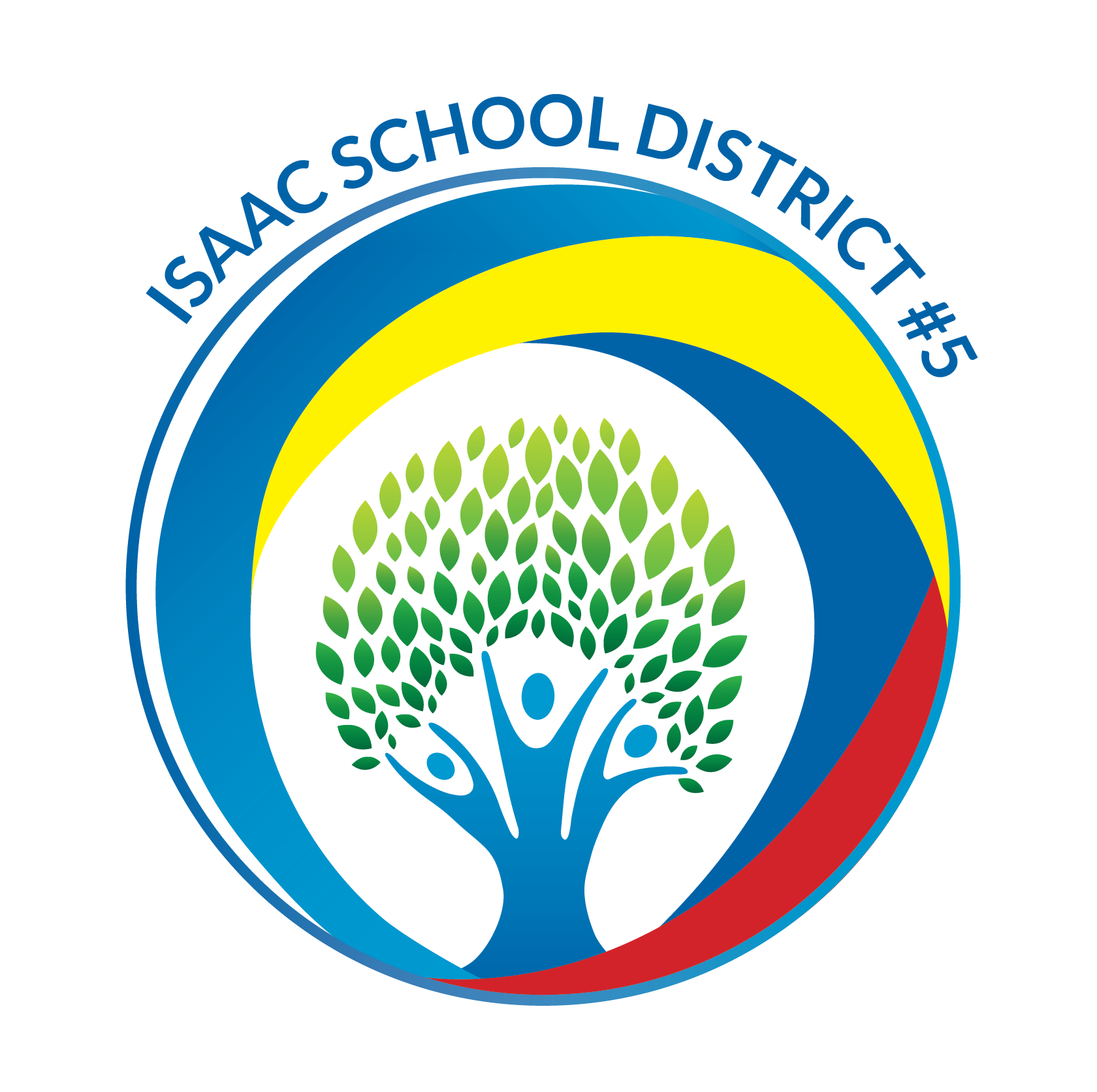Title I
What is Title I and what type of student does it serve?
Overview of the Title I Program
The Title I program provides crucial financial assistance to local educational agencies (LEAs) and public schools with a high concentration of low-income students. Administered through state educational agencies (SEAs), Title I aims to ensure that all children have access to quality education and can meet rigorous state academic content and achievement standards.
Targeting Resources for Impact
LEAs allocate Title I funds to public schools with the highest percentages of low-income students. Schools with at least 40 percent of their students from low-income families are eligible to operate a schoolwide program, allowing them to use Title I funds to upgrade their entire educational approach. This strategy is designed to improve achievement for all students, with a particular focus on those who are struggling the most. In schools that do not meet the 40 percent threshold or choose not to adopt a schoolwide program, Title I services are targeted specifically toward students most at risk of failing to meet state academic standards.
Supporting Students Through Title I
During the 2009-10 school year, over 56,000 public schools nationwide used Title I funds to provide additional academic support and learning opportunities. These initiatives focused on helping low-achieving students master challenging curricula and meet state standards in core subjects such as reading and math. Title I funds also supported special programs like preschool, after-school tutoring, and summer learning to extend the benefits of regular classroom instruction.
That year, Title I served more than 21 million students, with the majority (59 percent) enrolled in kindergarten through fifth grade. The program also reached middle and high school students, with 21 percent in grades 6–8 and 17 percent in grades 9–12. Additionally, 3 percent of Title I participants were preschoolers.
Program Structure: Schoolwide vs. Targeted Assistance
Title I schools with at least 40 percent low-income students can use the funds to improve educational outcomes for the entire student body through schoolwide programs. In contrast, schools with less than 40 percent low-income students or those opting out of schoolwide programs must implement targeted assistance programs. These programs focus Title I resources on students most at risk of failing, designing tailored instructional support in consultation with parents, staff, and district administrators. Both schoolwide and targeted assistance programs must employ evidence-based instructional strategies and promote parental involvement.
Equitable Services for Private School Students
Title I funding is not limited to public schools. Under Section 1120 of Title I, Part A of the Elementary and Secondary Education Act (amended by the No Child Left Behind Act), LEAs must also provide equitable services for eligible private school students. These services, developed in consultation with private school officials, include academic support for eligible students, their teachers, and families—ensuring that private school participants receive comparable benefits to their public school counterparts.
Source: U.S. Department of Education, Office of Elementary and Secondary Education, Office of State Support (2015). Improving Basic Programs Operated by Local Educational Agencies (Title I, Part A).
